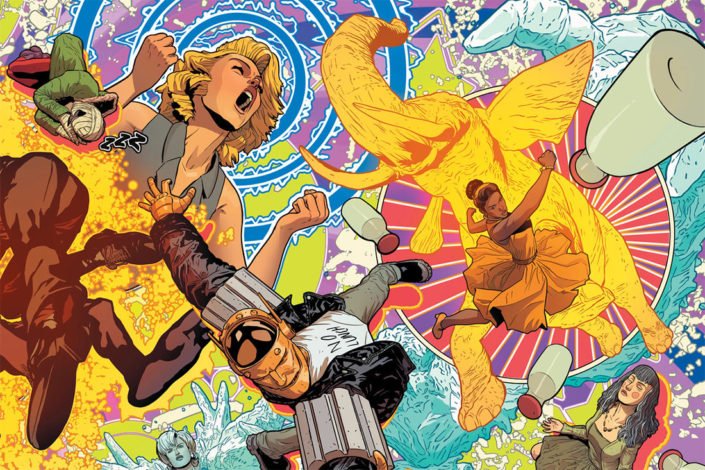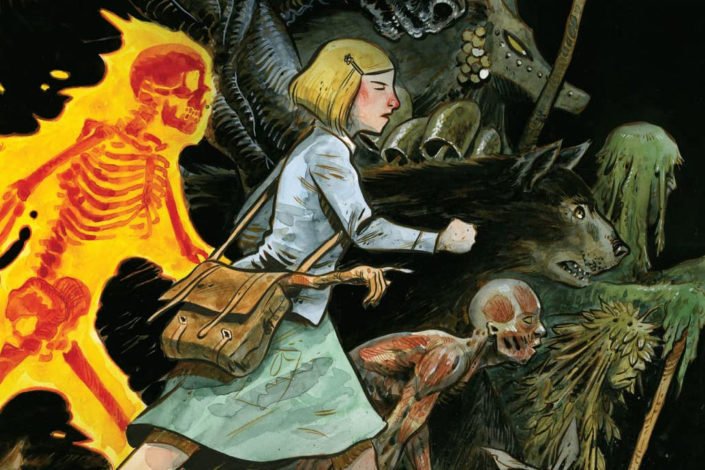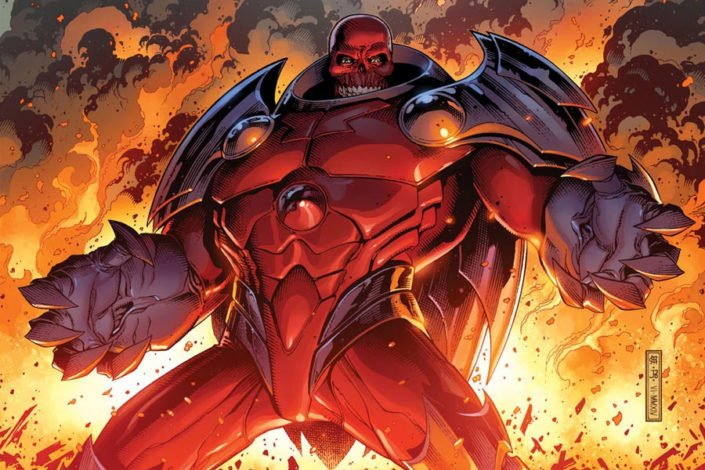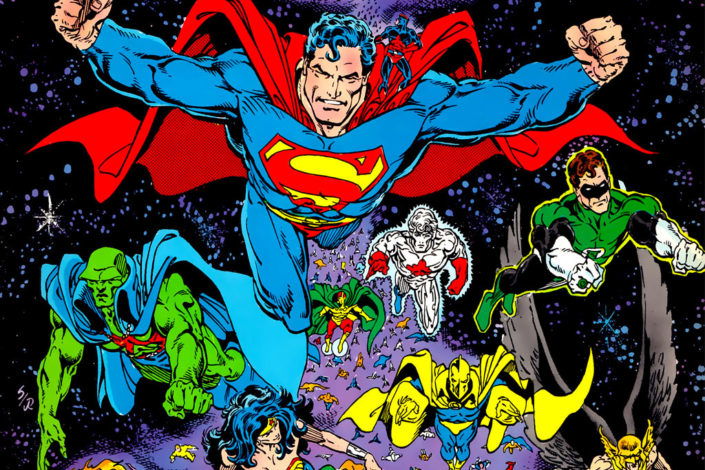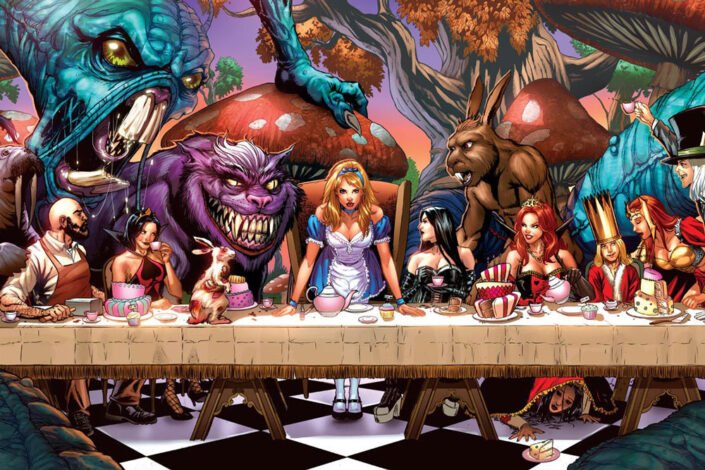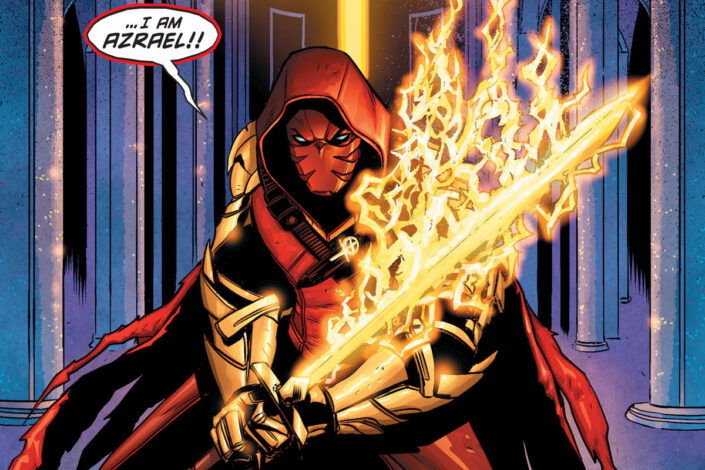X-Factor Reading Order

Launched in 1986 by Bob Layton and Jackson Guice as a spin-off from the X-Men franchise, X-Factor was a team formed by the five original X-Men – Angel, Beast, Cyclops, Jean Grey (Marvel Girl), and Iceman – in response to the outlaw status of the then-current X-Men team.
The five original members X-Men disassociate with the current team because Professor X had placed Magneto as its leader. Quickly, they decide to set up a business advertised as mutant-hunters for hire in New York City, pretending to be “normal” (non-superpowered) humans to their clients. Eventually, the X-Factor team decides that the “mutant hunter” angle was bad for everybody and stops. Louise Simonson took over the title (with art by Walt Simonson) and quickly introduced Apocalypse and other major elements of the X-Mythos.
At that time, the series was massively connected to the other X-Titles and events. In 1991, the original members of X-Factor rejoined the main X-Men team. Marvel didn’t kill the title though. Peter David became the main writer (with art by Larry Stroman) and began by reintroducing X-Factor with new members (with Havok, Multiple Man, Polaris, Quicksilver, Strong Guy, Valerie Cooper, and Wolfsbane).

